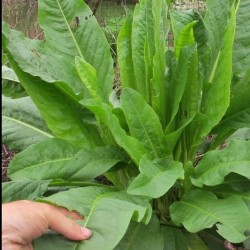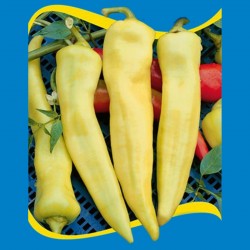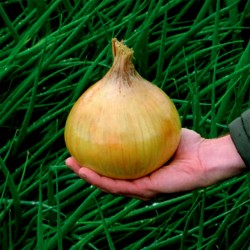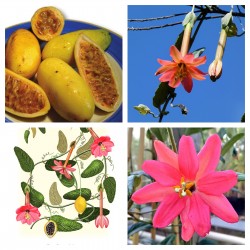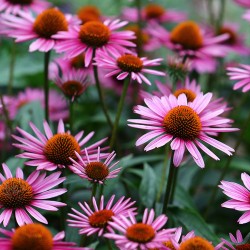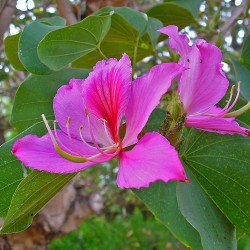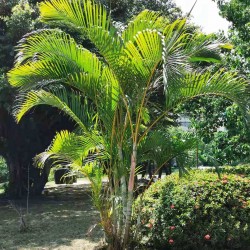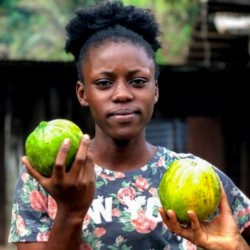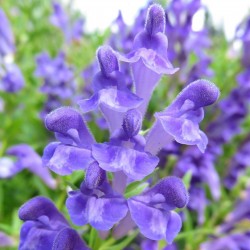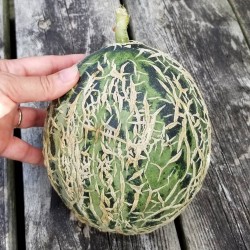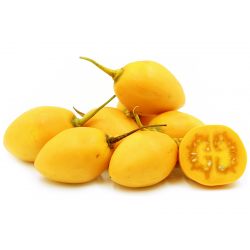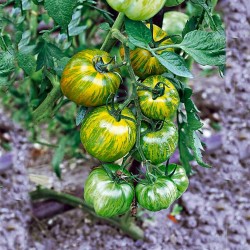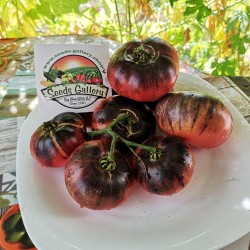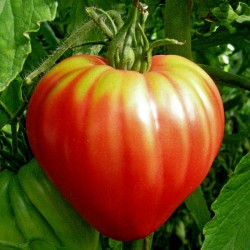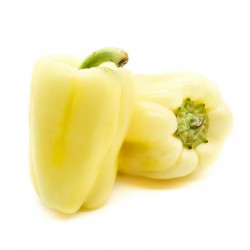Seeds Gallery EU,
5/
5
<h2 class=""><strong>Насіння Ехінацея пурпурова (Echinacea purpurea)</strong></h2>
<h2><span style="color: #ff0000;"><strong>Ціна за упаковку з 20 насінин.</strong></span></h2>
<p style="color: #202122; font-size: 14px;"><b>Ехінацея пурпурова</b><span> </span>(<i>Echinácea purpúrea</i>) або<span> </span><b>рудбекія пурпурова</b><sup id="cite_ref-1" class="reference"></sup> — багаторічна рослина з родини<span> </span>Айстрові, або Складноцвіті (Asteraceae). Батьківщина — східні райони<span> </span>Північної Америки.</p>
<p style="color: #202122; font-size: 14px;">Рослина висотою 60-100 см. Стебла прямі, шорсткі.</p>
<p style="color: #202122; font-size: 14px;">Прикореневі листки на довгих, крилатих черешках, широкоовальні, зазубрені, різко звужені до черешка, зібрані в розетку; стеблові — сидячі, ланцетні, шорсткі, розташовані в черговому порядку.</p>
<p style="color: #202122; font-size: 14px;">Суцвіття — кошики; великі, до 15 см в діаметрі. Язичкові квітки пурпурово-рожеві, на верхівці загострені, до 4 см завдовжки; трубчасті — червонувато-коричневі. Цвіте з липня по вересень близько 60 днів. Плоди — чотиригранні бурі сім'янки.</p>
<p style="color: #202122; font-size: 14px;">В<span> </span>Україні<span> </span>культивується повсюдно.</p>
<ul style="color: #202122; font-size: 14px;">
<li>Трава ехінацеї пурпурової містить<span> </span>полісахариди<span> </span>(гетероксилан, арабінорамногалактан),<span> </span>ефірні олії<span> </span>(0,15-0,50 %),<span> </span>флавоноїди, оксикоричні (цикорієва, ферулова, кумарова,<span> </span>кавова) кислоти, дубильні речовини,<span> </span>сапоніни, поліаміни, ехінацин (амід поліненасиченої кислоти), ехінолон (ненасичений кетоспирт), ехінакозид (глікозид, що містить кавову кислоту і<span> </span>пірокатехін), органічні кислоти, смоли, фітостерини;</li>
<li>кореневища і коріння —<span> </span>інулін<span> </span>(до 6 %), глюкозу (7 %), ефірні і жирні олії, фенолкарбонові кислоти, бетаїн, смоли. Всі частини рослини містять ферменти, макро- (калій, кальцій) і мікроелементи (селен, кобальт, срібло, молібден, цинк, марганець та ін.).</li>
</ul>
<script src="//cdn.public.n1ed.com/G3OMDFLT/widgets.js"></script>
MHS 75 (0.1 g)


